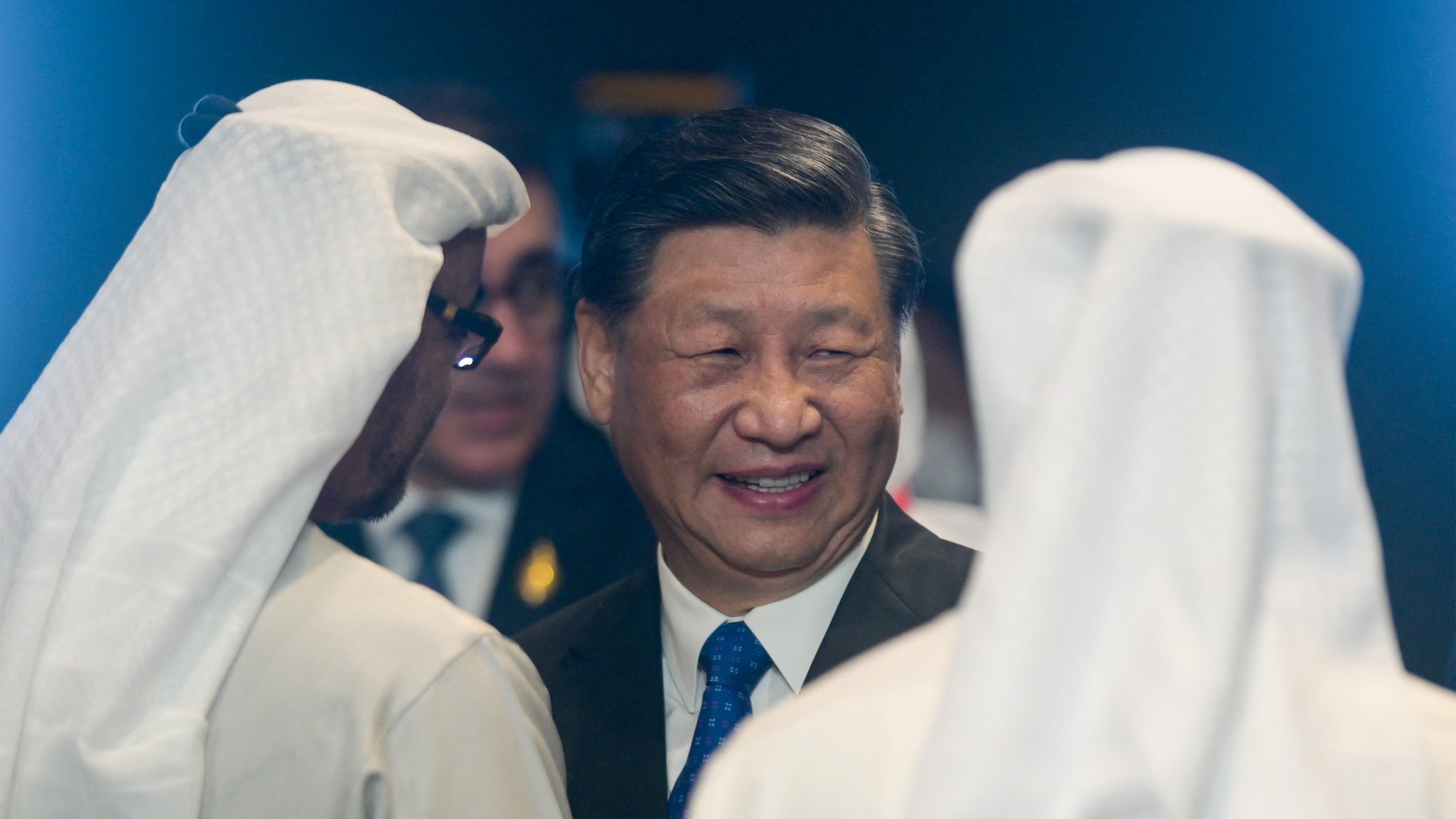The West must get used to China's new role in the Middle East

China's role in facilitating the recent reconciliation between Saudi Arabia and Iran has been recognised worldwide - but dismissed or ignored by the US and some of its allies.
Rather than applauding an initiative that could help bring peace across the Middle East, leading western media outlets have either avoided mentioning China's contribution or have been reluctant to admit that the days of western dominance in the MENA region are gone.
The detente should be a wakeup call for them to realise that Saudi Arabia and Iran have agreed to reconcile not because China forced them to go to Beijing to sign an agreement, but because both countries appreciate China's good intentions and recognise its competence in helping countries settle their differences with reason and sensibility.
In today's globally connected world, with national economies interwoven and interdependent, peaceful co-existence and respect for other countries' core interests should always be on top of the agenda in international relations.
The colonialist or imperialist approach to seeking regional and global dominance, using the old tricks of divide and conquer, have no place in the modern world and should be denounced by the international community.
New MEE newsletter: Jerusalem Dispatch
Sign up to get the latest insights and analysis on Israel-Palestine, alongside Turkey Unpacked and other MEE newsletters
Ancient links
Ignored by many commentators is the fact that China's connections with the Middle East date back over 2,000 years, from the days of Darius the Great of Persia to Egypt under the Roman Empire, when trade between China (in the Han Dynasty) and today's MENA region flourished along the old Silk Road.
In recent years, with China's continuing economic growth and the MENA region's political climate becoming more stabilised, cooperation between the two is rapidly growing. The latest statistics released by the Chinese government show a 27.1 percent increase in bilateral trade between China and the 18 countries of the region, reaching over $500bn in 2022.
As Saudi Arabia, the UAE, Qatar and Iran are believed to be actively seeking to expand their own manufacturing capabilities and upgrade their urban development, as well as their competence in digital and finance technology, China's experience and capability in areas such as smart city development have made it the logical partner of choice for these countries. China's almost insatiable demand for oil and gas from the region has strengthened the bond.
At the start of 2023, one of China's telecom giants identified the MENA region as the new growth frontier, with the region's estimated investment in mobile infrastructure up to $70bn over the 2019-2025 period.
Chinese car manufacturing in the Middle East is also expanding. More and more cars made by Chinese firms, including electric vehicles, are now running on the roads in Saudi Arabia, Kuwait, UAE, Qatar, Iraq, Bahrain, Jordan and Lebanon. In the Gulf area alone, reports say that a total of 200,000 Chinese-made cars were imported in 2022, accounting for 10-15 percent of sales in the GCC.
Mutual benefits
These are just a few of the reasons that China should be welcomed in the Middle East, with the expressed reasons for its engagement in the region understood to be purely commercial and for mutual benefit.
Most importantly, China respects other people's cultures and has never tried to colonise other countries.
The so-called 'China threat', as often proclaimed by the US and its allies, has been largely ignored in the MENA region
The absence of a colonising element in Chinese history perhaps gives others some comfort, to the extent that the so-called "China threat", as often proclaimed by the US and its allies, has been largely ignored in the MENA region.
As for the "Belt and Road Initiative", which was launched in 2013 by President Xi Jinping, it is fair to say that countries around the world that have housed projects in participation with China are perhaps better positioned to confirm that the BRI's key role is to increase China's export capacity rather than carry a geopolitical mission that seeks regional or world dominance.
The BRI now includes 151 countries, with 32 international organisations signed up, including many MENA countries, which have shown a willingness to participate in more than 3,000 projects with a total investment of over $1 trillion.
But we live in a fast-changing world and peace is something we should never take for granted.
The de-dollarisation process, triggered by a growing number of countries willing to settle their bilateral trade in local currencies, including those from the Middle East, is an obvious challenge to the petro-dollar. This has also invited debate on whether the Chinese yuan is on a trajectory to compete with the US dollar as a reserve currency.
Likelihood of conflict
If, as widely believed, the world is on a trajectory to become multi-polar and this transition period may last for years or decades, conflicts between China as the rising power and the existing superpower of the US are unavoidable across many fronts.
These conflicts may centre around national and regional security, the protection of each country's financial reserves, or the mechanisms that govern our freedom of trade and the global supply chain, among many others
Whether China's engagement in the Middle East will be sustainable and how it will cope with the inevitable challenges coming from both outside and inside the MENA region, while also taking into account pressure on China's domestic economy as it undergoes structural transformation, remains to be seen.
The views expressed in this article belong to the author and do not necessarily reflect the editorial policy of Middle East Eye.
This article is available in French on Middle East Eye French edition.
Middle East Eye delivers independent and unrivalled coverage and analysis of the Middle East, North Africa and beyond. To learn more about republishing this content and the associated fees, please fill out this form. More about MEE can be found here.






